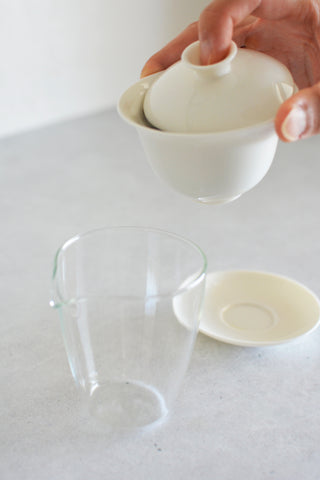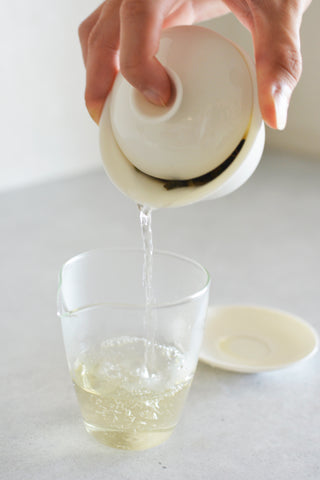Comparing Tea and Coffee Prices
[Edited to fix some misformatting]
I was wanting to compare the real cost of some different teas and coffees recently, and thought I'd write up the process I used. First, the amount used in one session
1 session tea = 5g
This could be a 100mL gaiwan, or a half-litre pot made Western style.
1 session coffee = 20g
This is 3 cup moka, or a 3dL (or 12 oz) mug of filtre coffee. This could also be a strong double espresso. If you make espresso, and you use the classic proportions, that would instead give:
1 session coffee = 15g
Depending on how you make your coffee and your tea, you can adjust these to match what feels to you like equivalent preparations. Using these ratios, we can now compare prices!
5g tea * 4 = 20g coffee 1000/4=250 price/g tea * 250 = price/kg coffee
Examples
I have some Dong Ding that we like a lot, which I got for 600NTD for a 150g packet. That's 17.53€, or 0.1167€/g. Converting that into an equivalent kg of coffee, 0.1167*250=29,25€/kg, which is about 1€ less than the bag of coffee we're currently drinking. Nice!
What about pu-erh prices? There are still some perfectly nice factory bings available for around 18USD : 18USD/357g = 0.0504 USD/g. That gives an equivalent coffee price of $12.60 or about 11.80€ per kg. That's some very cheap coffee! Personally, I'd much rather drink the factory pu-erh.
Finally, let's look at converting coffee prices to tea. I'm currently drinking a 31€/kg coffee, and I generally buy in the 20-40€/kg range. 20/250=0.08, so that gives a range of 0.08-0.16€/g, or 0.085-0.17 USD/g. The equivalent 150g packet of oolong would be 12-24€ or 411-822 NTD. But we already know that the middle of that range is exactly what I paid for my Dong Ding. A 357g bing would be 28.50-57€ or 30.50-61 USD; a 400g bing would be 34-68 USD.
Nespresso
Nespresso charges eye-watering prices per kg, their ordinary offerings starting at 89.60€/kg. But to be fair, you're not using 20g of coffee per session! One capsule contains a mere 4.8g of coffee, so an equivalent double Nespresso gives a tea-conversion factor of 520. The entry-level Nespresso capsules are then equivalent to 89.6/520=0.172€/g tea; that's the same as a 0.172€/g * 357g = 61.45€ or $65.50 bing.

